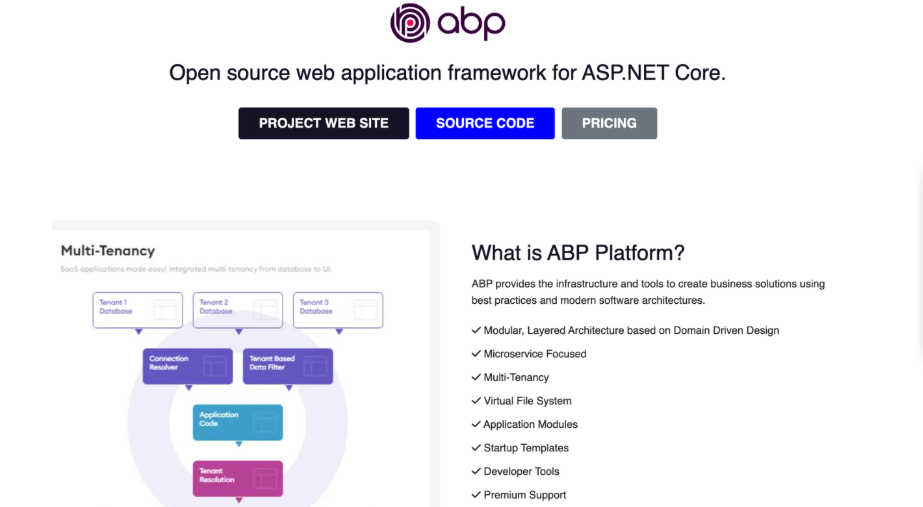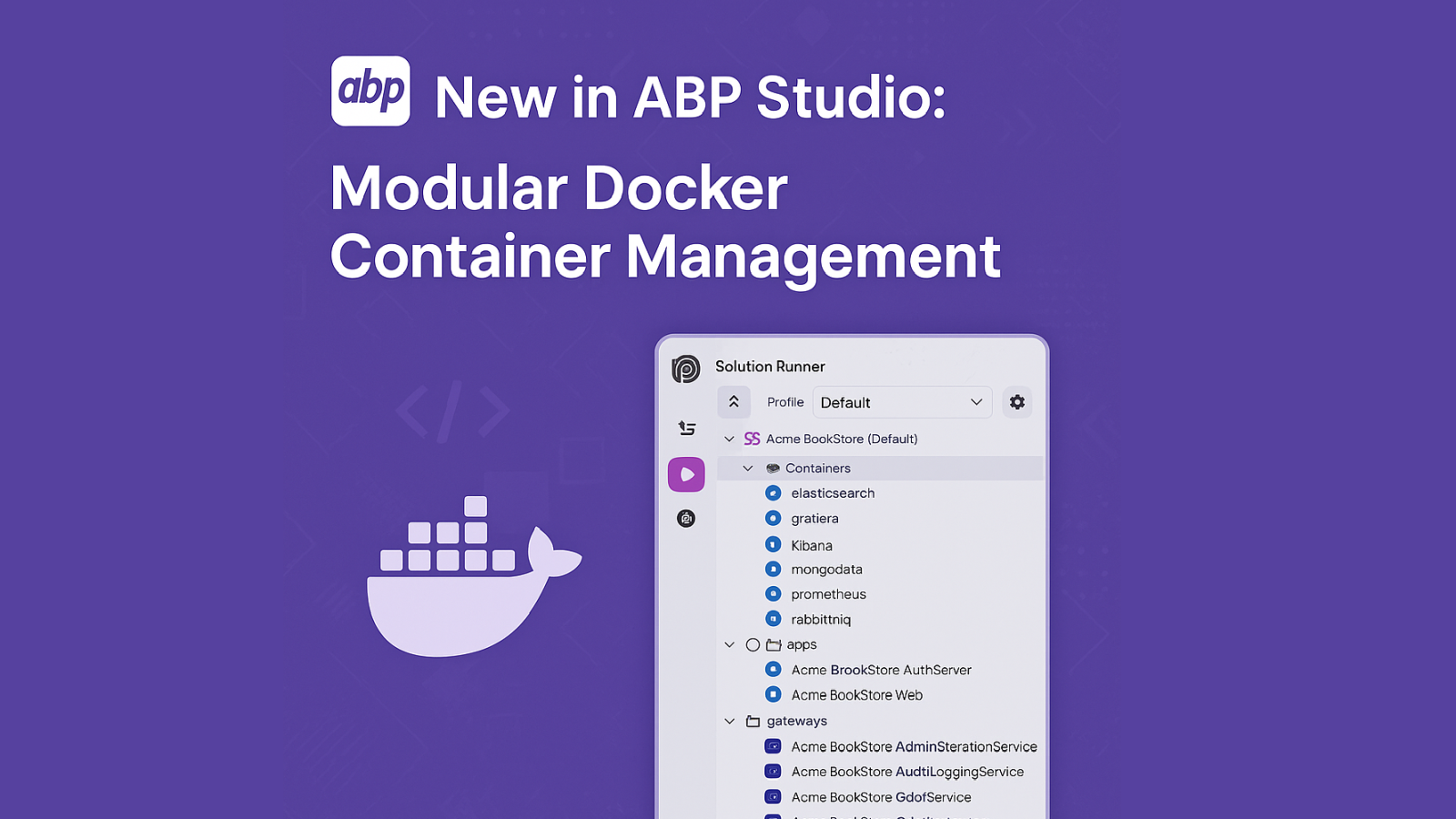The demand for online computer science courses has surged in recent years, driven by the rise of remote learning, the tech industry’s growing talent needs, and the flexibility online education offers to learners worldwide. From high school students exploring coding for the first time to professionals upskilling in AI or cybersecurity, the appetite for accessible, high-quality CS education has never been higher.
But with that demand comes complexity. Online CS courses often span a wide range of topics, tools, and skill levels, making them challenging to build, manage, and update. That’s where modular development practices come in. By breaking a course into self-contained, reusable learning units, educators can design programs that are easier to scale, maintain, and personalize to individual learner needs.
In this post, we’ll explore practical, modular development strategies that help course creators build flexible, learner-centered computer science courses. Whether you're launching your first online CS program or looking to restructure existing content, these insights will help you create more adaptive and engaging learning experiences.
Steps to Building Modular Computer Science Courses
Creating a modular online computer science course involves a thoughtful design process that prioritizes structure, clarity, and adaptability. After all, the computer science degree online cost can sometimes depend on the quality of the courses offered. Below are key steps, each supported by examples, to help you build impactful and scalable CS learning experiences.
1. Define Clear Learning Objectives per Module
Every module should begin with a clear set of learning objectives that describe exactly what learners should be able to do upon completion. Use Bloom’s Taxonomy to create measurable goals that range from basic understanding to complex problem-solving. For instance, in a module titled Python Programming Basics, objectives might include:
Explain basic data types and control structures in Python.
Apply loops and conditionals to solve simple coding problems.
Write and debug functions to perform reusable tasks.
Aligning your objectives with accreditation standards (such as ABET or ACM guidelines) also ensures the course meets quality benchmarks and is transferrable in academic or professional contexts.
2. Break Down Topics into Logical Modules
Organize your course into topic-based modules that build on each other without overwhelming learners. Each module should cover a distinct concept or skill, allowing students to progress step by step. For example, a typical introductory CS course might be divided into modules like:
- Programming Fundamentals – Syntax, variables, conditionals, loops
- Data Structures – Arrays, linked lists, stacks, queues, trees
- Algorithms – Sorting, searching, complexity analysis
- Software Engineering – Version control, testing, agile development
- Databases – SQL, relational models, schema design
Structuring content this way ensures learners can focus on mastering one topic at a time without cognitive overload.
3. Design Self-Contained Learning Units
Each module should function as a standalone learning experience that contains all the materials students need to engage with the content. A well-designed module includes a mix of instructional formats: short video lectures to explain concepts, downloadable readings for deeper understanding, quizzes for practice, and hands-on exercises for application. For example, in a module on Recursion, you can include a 5-minute video explaining how recursion works, followed by a reading that illustrates stack memory behavior. Then, learners could complete a series of coding exercises where they write recursive functions for calculating factorials and Fibonacci numbers. This variety keeps learners engaged and supports different learning styles.
4. Create Assessment-Driven Modules
Assessments should be integrated into each module to help learners apply what they've learned and demonstrate mastery. Use formative assessments—like interactive quizzes, in-browser code challenges, or peer feedback—to give learners low-pressure opportunities to test their understanding. Pair these with summative assessments that evaluate broader learning, such as project submissions or timed exams. In a module on Object-Oriented Programming, for instance, a formative assessment might involve identifying classes and objects in sample code. The summative task could be a mini-project where students build a class-based system to manage a library catalog, complete with inheritance, encapsulation, and basic file I/O. These projects not only test comprehension but also mimic real-world development tasks.
5. Enable Seamless Navigation and Progress Tracking
An effective modular course should be easy to navigate and transparent in its structure. Use your LMS’s design features to help learners track their progress and move intuitively through the content. Consistent naming conventions like “Module 3: Sorting Algorithms,” progress indicators like checklists or progress bars, and breadcrumb navigation all contribute to a smoother learner experience.
For example, if you’re using Canvas or OpenLearning, organize each module with collapsible content blocks that include an introduction, lessons, assessments, and resources. At the end of each module, offer a clear “Next Steps” button or completion prompt to guide learners forward. These small UX decisions reduce friction and keep learners focused on learning rather than navigating.
Best Practices for Modular Development Strategies
 Photo by Julia M Cameron | Source: Pexels
Photo by Julia M Cameron | Source: Pexels
To maximize the impact and efficiency of your modular computer science course, it's important to follow proven instructional design practices. These strategies not only improve the learning experience but also streamline content development and long-term maintenance.
Use Instructional Design Frameworks
Start with a structured instructional UI design framework to guide your course-building process. The ADDIE model—which stands for Analyze, Design, Develop, Implement, and Evaluate—is a popular approach that helps ensure each module meets learner needs through a clear, iterative process. Alternatively, backward design begins with identifying the desired learning outcomes, then planning instruction and assessments around them. For example, if your goal is for students to master recursion, backward design would have you first define how students will demonstrate mastery (e.g., through a recursive project or quiz), and then build the lessons and practice activities to support that outcome. This approach keeps learning aligned, intentional, and outcome-driven.
Maintain a Content Repository for Reusability
Creating a centralized, well-organized content repository allows you to reuse modules, lessons, and assets across multiple courses or learning paths. This is particularly useful for shared topics like programming basics or algorithm analysis, which often appear in various computer science programs.
Use version-controlled folders (e.g., via GitHub or a shared cloud drive) to store lecture videos, coding templates, quizzes, and assignment rubrics. For instance, if you build a high-quality module on Sorting Algorithms, you can later repurpose it in an “Algorithms 101” course or a data structures bootcamp—saving time and ensuring consistency. This can also teach version control among future developers, especially in API design.
Collect Learner Feedback and Iterate Modules
Modular development practices make it easier to refine individual components without disrupting the entire course. Take advantage of this by actively collecting learner feedback at the module level. Embed micro-surveys, allow comments, or conduct periodic polls to learn what’s working and what isn’t.
If learners consistently report confusion in a module on Pointers and Memory Management, for example, you can revise that specific content—perhaps by adding an explainer video or simplifying the code examples—without having to overhaul the entire course. This agile approach to iteration leads to continuous improvement and better learner outcomes.
Use Analytics to Identify Underperforming Modules Leverage built-in learning analytics tools from your LMS or external platforms to track engagement, completion rates, and assessment scores for each module. These data insights can reveal where learners are struggling or dropping off.
For example, if you notice that a large percentage of students are failing quizzes in your Concurrency and Threads module, it might signal that the content is too dense or the examples are unclear. Use this information to revisit the material, break it into smaller units, or offer more practice opportunities.
Develop Effective Online Computer Science Courses
In conclusion, modular development offers a powerful framework for building effective, scalable, and learner-centered computer science courses. By breaking content into clear, self-contained units aligned with learning objectives and assessments, educators can better manage complexity, streamline updates, and support a wide range of learners with varying needs.
For course builders, adopting modular strategies brings flexibility in design, efficiency in content reuse, and measurable improvements in student engagement and outcomes. Whether you're creating a beginner-friendly programming course or an advanced algorithms track, modular design allows you to refine individual components without disrupting the whole system.
If you're just starting, don’t feel overwhelmed—try beginning with a single course or unit. Test out modular practices, gather feedback, and iterate. Over time, you’ll build a library of reusable, high-quality content that can support diverse programs and evolving learner goals.


